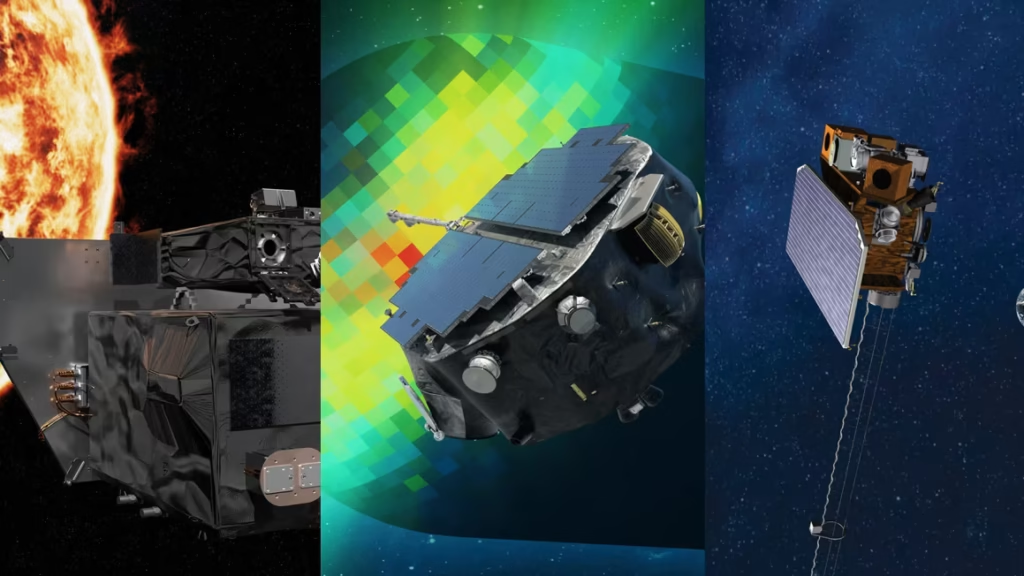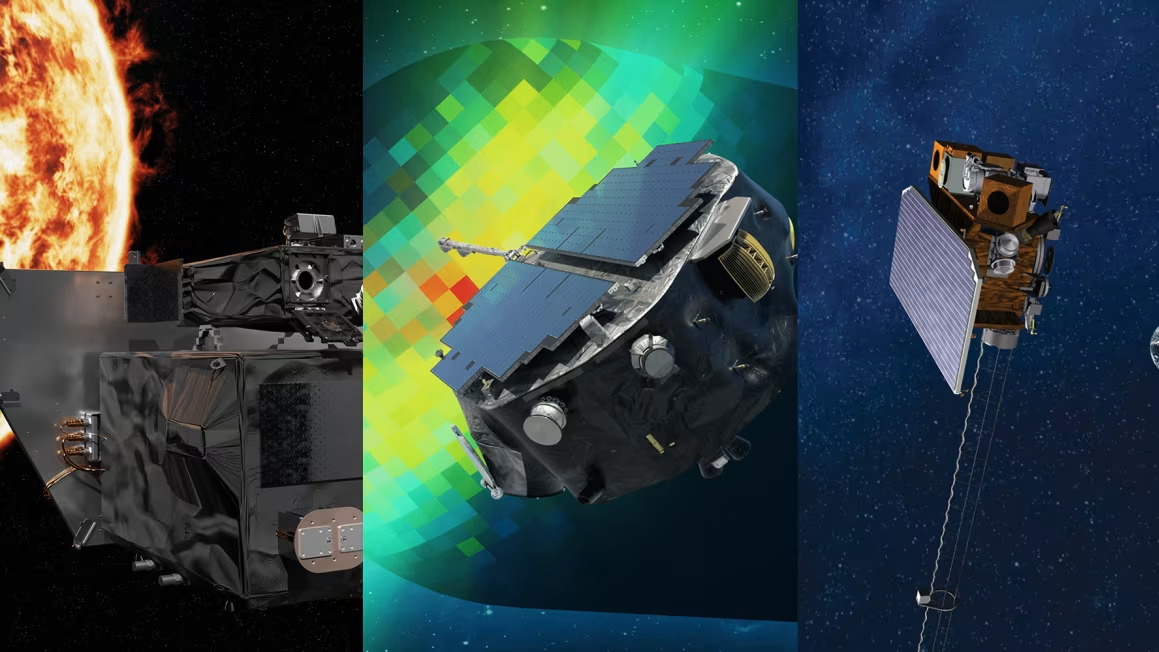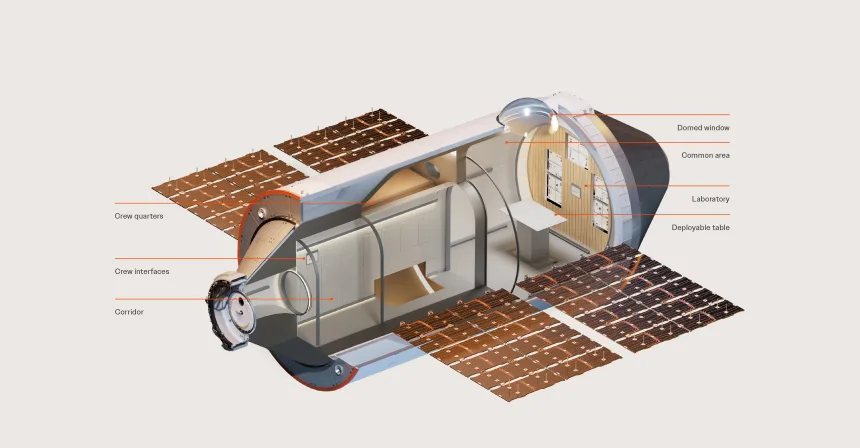NASA has taken another bold step in space science with the launch of the Interstellar Mapping and Acceleration Probe, also known as IMAP. The mission was carried into orbit by a SpaceX Falcon 9 rocket from Kennedy Space Center in Florida. Its destination is the Sun Earth Lagrange Point 1, a location about one and a half million kilometers from Earth, where it will have a clear view to study the flow of solar wind and its boundary with the interstellar medium.
The heliosphere is the giant bubble created by the solar wind that surrounds our solar system. It acts as a shield against harmful cosmic rays from deep space. IMAP will investigate how this shield works, how particles are accelerated within it, and how space weather impacts both Earth and space exploration.
IMAP carries ten instruments designed to capture energetic neutral atoms, measure particles, and monitor magnetic fields. By collecting this data, scientists hope to better understand how the heliosphere interacts with the galaxy around us.
The mission will also share its ride with two other important observatories. The Space Weather Follow On satellite will monitor the Sun for eruptions and storms that can disrupt satellites, power systems, and communications on Earth. The Carruthers Geocorona Observatory will study the outermost part of Earth’s atmosphere, known as the geocorona, and how it responds to solar activity.
Together, these missions mark a new era in space science. They will improve our ability to predict solar storms, protect astronauts and technology, and expand human knowledge about how our solar system fits into the wider universe.
NASA’s IMAP launch highlights the growing importance of partnerships between government and private companies like SpaceX, which continue to play a vital role in advancing scientific exploration.




